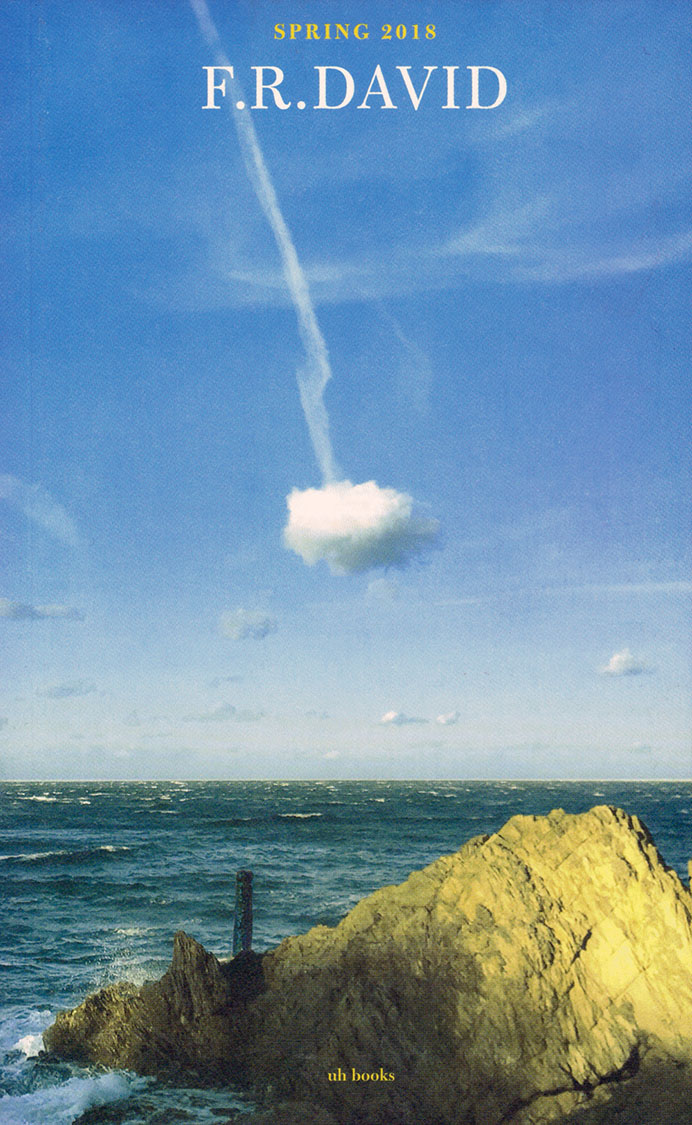
Loving Characters Into Gas Station Snacks
Katinka van Gorkum, Sára Iványi
In the early winter of 2019, Katinka van Gorkum and Sára Iványi met online after creating personal ads on a text-based dating app called Lex. Without knowing who the other person was or what they looked like, they started writing to each other on a daily basis. This exchange is presented here as a kind of un-edited textual performance in which the act of language functions under the most intense pressure—how can we perform our ‘selves’ only through the use of words? How do the negotiations of the early stages of friendship, romance, sexuality, hold up under these conditions? How does language itself?
Katinka van Gorkum was raised in Barendrecht, a suburb of Rotterdam where people remove the leaves from their gardens with a vacuum cleaner. As an artist and writer, she investigates the interior world of humans through the private domain.
Sára Iványi was born in Budapest when there was still an iron curtain and moved to Amsterdam at a young age. This experience has led her to question the notion of boundaries in every sense and drew her to the idea of language being an alien or parasitic life form.
34 p, ills colour & bw, 15 x 21 cm, pb, English





